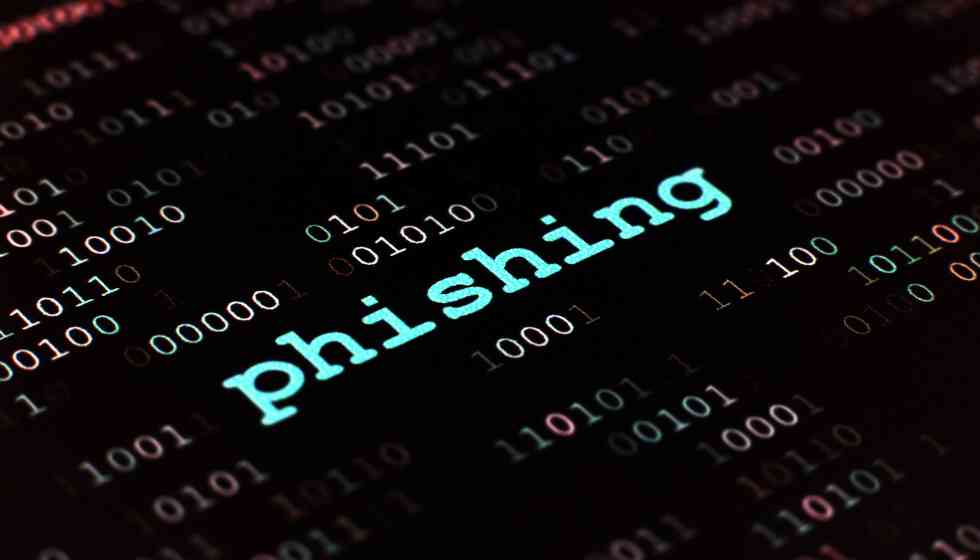The increase in banking transactions that are now carried out over the Internet has not only meant convenience for customers. Still, it has also resulted in an increase in their attractiveness for cybercriminals, who focus on the falsification of banking websites and their digital communication methods, a real opportunity to take over not only people’s private data but also their bank accounts.
To carry out these frauds, criminals only need to create a website and emails or messages.
Of text to produce deception. For this reason, fraudulent messages are incessant. Despite the fact that banks, the Government CSIRT and other institutions work permanently to warn of them and block them, it is essential that, as users, we are attentive to these deception attempts and know how not to fall into them. They.
Phishing
It is the most common form of deception. In it, through email or another form of communication, such as SMS and messaging apps, criminals invite or pressure people to enter a link attached to the email or download a file, to direct them to a web page. Fraudulent, where the person is exposed to losing personal, banking, or commercial information or to downloading a malicious program (or malware) on the computer.
To get the victim to access their requests, cybercriminals impersonate banking institutions or other trusted companies or people.
How to Identify If We Are Facing Phishing?
There is no foolproof formula, but it is generally possible to identify a fake message by characteristics such as the following:
- INCLUDES alarming or urgent content.
- SCARY about blocking cards or bank accounts.
- IT HAS spelling mistakes or Poor quality images.
- REQUEST passwords,
- Personal information or to make a payment.
- OFFER gifts or products at a Deep discount.
- ATTACH documents or invoices that were not requested.
- IT HAS an unknown sender and does not come from the company above.
Fake websites: Beware of being a victim of deception
If you enter the attached link anyway, you will probably reach something that, at first glance, appears to be the page of the banking institution above. But be careful: before entering your data (such as username, passwords, and card numbers), check the website address to know if you are really on your institution’s site. It is advisable to never click on links that claim to be from your bank, AFP, Isapre, or any company that offers you services, but rather directly enter the name of its official website in the address bar of your web browser.
Phishing with malware:
Unlike the previous examples, phishing with malware (malicious program or code) seeks to cause damage to any type of device, such as computers, mobile phones, IoT devices, and even the entire network infrastructure.
There are different types of malware, and each one has different characteristics and ways of spreading. Its consequences are varied: annoying advertisements, theft of personal or sensitive data, loss of control of the computer, sending emails without consent, encryption of files (to request a reward in exchange for being able to decrypt them, an attack known as ransomware) and other threats. , depending on the type of infection.
To get their victims to download these malicious files, criminals attach supposedly important documents to the recipient of the message, usually invoices.
